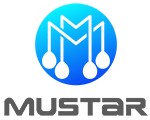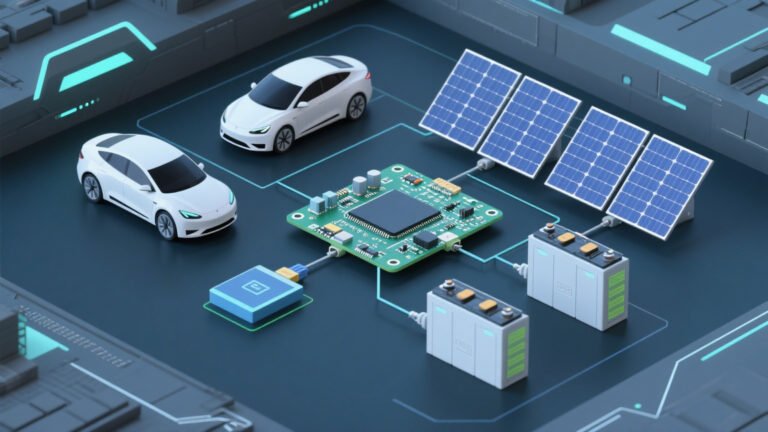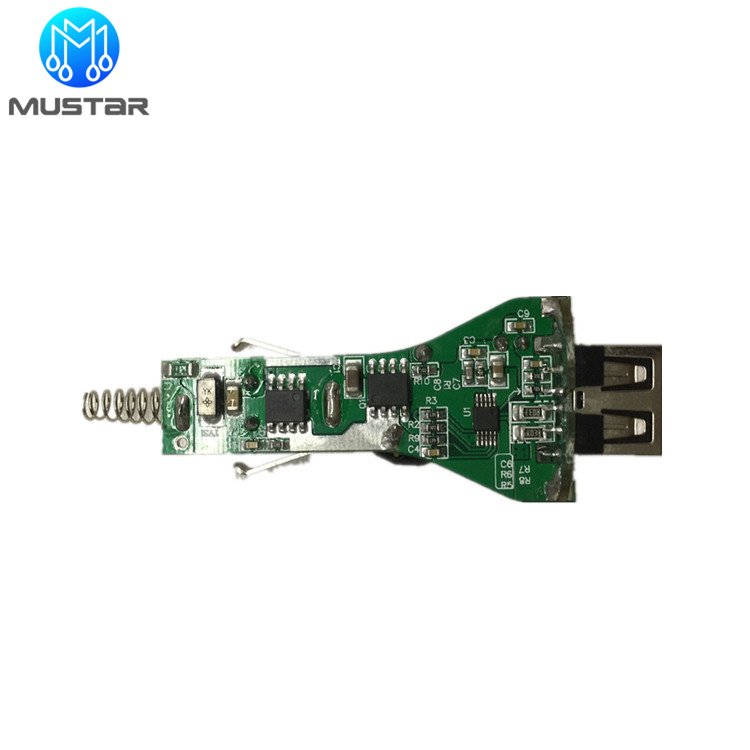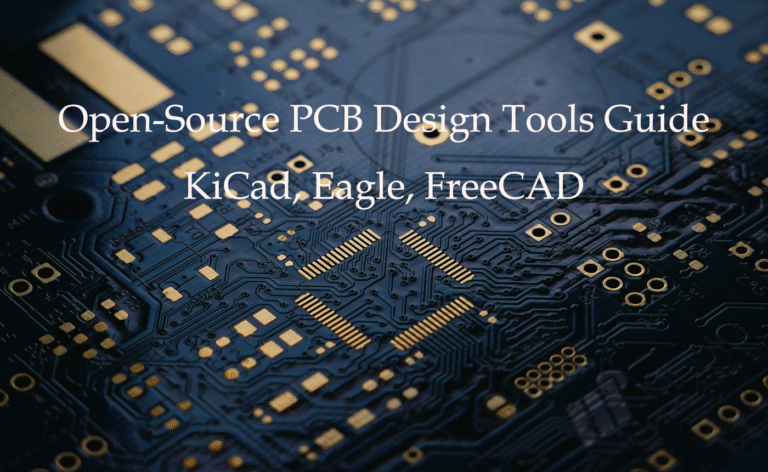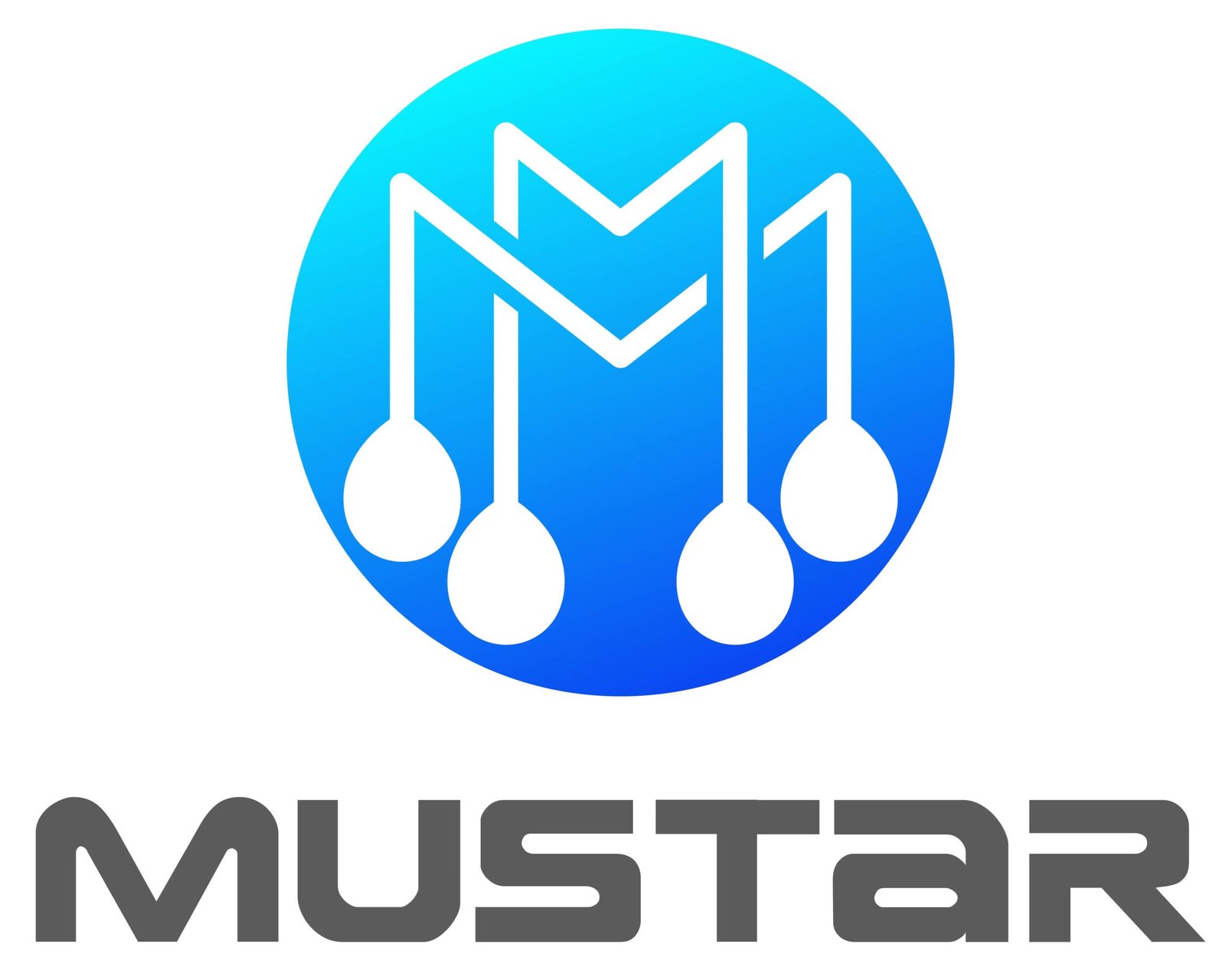| Aspect | Quick Turn PCB Assembly | Traditional PCB Assembly |
|---|---|---|
| Turnaround Time | 24 hours – 7 days | 1-4 weeks or more |
| Market Size (2025) | $1.3 billion projected | Part of $89.7 billion total PCB market |
| Best For | Prototypes, urgent projects, small batches | Large volume production |
| Cost Per Unit | Higher unit cost, lower project risk | Lower unit cost, higher time investment |
In today’s fast-paced electronics industry, quick turn PCB assembly has become a game-changer for companies racing to bring products to market. Whether you’re a startup developing your first prototype or an established company launching a new product line, understanding quick turn PCB assembly can significantly impact your project’s success.
This comprehensive guide will walk you through everything you need to know about quick turn PCB assembly, from basic concepts to advanced strategies. Additionally, you’ll discover how to choose the right manufacturing partner and avoid common pitfalls that could delay your project.
Contents
- What Is Quick Turn PCB Assembly?
- Quick Turn PCB Assembly Process: Step-by-Step Guide
- Industries That Need Quick Turn PCB Assembly Most
- How Fast Can Quick Turn PCB Assembly Be?
- Why Choose Quick Turn PCB Assembly
- Design Tips for Faster PCB Assembly
- How to Choose the Right Quick Turn PCB Assembly Partner
- Common Challenges and Solutions
- Quick Turn PCB Assembly: Success Stories
- Future of Quick Turn PCB Assembly
- Conclusion
What Is Quick Turn PCB Assembly?
Quick turn PCB assembly refers to the rapid fabrication and assembly of printed circuit boards within a significantly shortened timeframe. Unlike traditional PCB assembly that can take weeks or months, quick turn services deliver fully assembled boards in as little as 24 hours for simple designs.
The process involves several key differences from standard assembly:
- Expedited scheduling: Your project gets priority placement in the production queue
- Streamlined processes: Manufacturers optimize workflows specifically for speed
- Component pre-positioning: Common components are kept in stock for immediate use
- Dedicated production lines: Some facilities have specialized lines for quick turn projects
“Quick turn PCB assembly enables companies to test ideas, iterate designs, and respond to market demands at unprecedented speed. Furthermore, it reduces the risk of committing to large production runs before validating the design.” – PCB Directory Industry Report
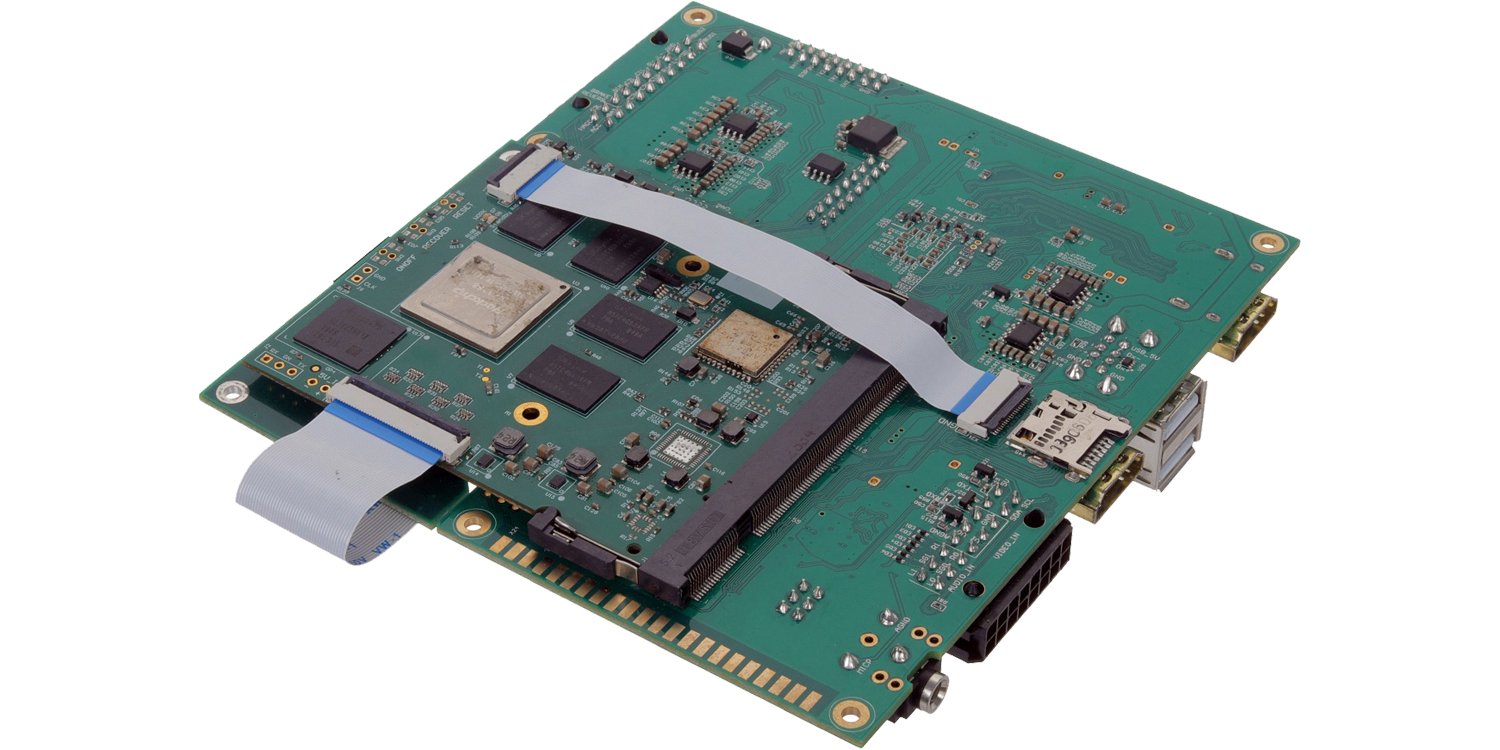
Quick Turn PCB Assembly Process: Step-by-Step Guide
Understanding the quick turn PCB assembly process helps you prepare your project for the fastest possible turnaround. Here’s how the process typically works:
Step 1: Design Review and DFM Analysis (2-4 hours)
First, engineers review your PCB design files and bill of materials (BOM). They check for manufacturability issues that could slow down production. Moreover, they identify potential component availability problems early in the process.
Step 2: Component Sourcing and Procurement (4-24 hours)
Next, the sourcing team locates and orders all required components. Manufacturers with extensive supplier networks can significantly reduce this timeframe. For instance, having partnerships with major distributors like Digi-Key or Mouser Electronics ensures faster component delivery.
Step 3: PCB Fabrication (24-72 hours)
Meanwhile, the bare PCB boards are manufactured according to your specifications. Quick turn PCB fabrication typically focuses on 2-4 layer boards for optimal speed, though more complex designs are possible.
Step 4: Surface Mount Technology (SMT) Assembly (4-12 hours)
Subsequently, automated pick-and-place machines position components on the PCB. Modern SMT lines can handle ultra-fine pitch components including 01005 packages, BGA, and QFN components with remarkable precision.
Step 5: Through-Hole Assembly (If Required) (2-8 hours)
If your design includes through-hole components, technicians perform manual or selective soldering. This step adds time but ensures proper assembly of connectors, transformers, and other specialized components.
Step 6: Testing and Quality Control (2-6 hours)
Finally, assembled boards undergo comprehensive testing including in-circuit testing (ICT), functional testing, and visual inspection. Quality control ensures your quick turn PCB assembly meets all specifications before shipping.
Industries That Need Quick Turn PCB Assembly Most
Certain industries benefit dramatically from quick turn PCB assembly due to their unique requirements and market pressures. Here are the sectors that rely most heavily on rapid PCB manufacturing:
Consumer Electronics
The consumer electronics industry moves at breakneck speed, with product lifecycles measured in months rather than years. Companies need quick turn PCB assembly to:
- Test new product concepts rapidly
- Respond to competitor launches
- Meet seasonal demand windows
- Iterate designs based on user feedback
Medical Device Manufacturing
Medical device companies face unique challenges that make quick turn services essential. Furthermore, regulatory requirements mean that design changes must be implemented and tested quickly. Key applications include:
- Respiratory equipment control boards
- Patient monitoring systems
- Diagnostic equipment prototypes
- Portable medical devices
Manufacturers serving this sector must hold ISO 13485 certification to ensure compliance with medical device quality standards.
Automotive Electronics
The automotive industry is rapidly evolving with electric vehicles, autonomous driving, and connected car technologies. Quick turn PCB assembly enables automotive companies to:
- Develop advanced driver assistance systems (ADAS)
- Create battery management systems for EVs
- Test infotainment system prototypes
- Iterate on safety-critical electronics
Telecommunications and 5G
With the ongoing 5G rollout and increasing demand for high-speed connectivity, telecom companies need rapid prototyping capabilities. Quick turn services support development of base station equipment, network infrastructure, and IoT devices.
Startups and Innovation Labs
Perhaps no sector benefits more from quick turn PCB assembly than startups and R&D departments. These organizations typically have limited budgets and tight timelines, making speed and flexibility crucial for success.
How Fast Can Quick Turn PCB Assembly Be? (Turnaround Time Breakdown)
The speed of quick turn PCB assembly depends on several factors, but understanding typical timeframes helps you plan your project effectively. Here’s what you can expect:
Ultra-Fast Turnaround (24-48 hours)
Best for: Simple 2-layer PCBs with common components
- Basic prototypes and proof-of-concept boards
- Standard component packages (0603, 0805, SOIC)
- No complex testing requirements
- Limited quantity (typically 5-25 pieces)
Standard Quick Turn (3-5 days)
Best for: Most quick turn PCB assembly projects
- 4-layer PCBs with moderate complexity
- Mix of SMT and through-hole components
- Basic functional testing
- Quantities up to 100 pieces
Extended Quick Turn (5-7 days)
Best for: Complex assemblies requiring special handling
- 6+ layer PCBs
- High-density designs with fine-pitch components
- Comprehensive testing protocols
- Quantities over 100 pieces
Factors That Affect Quick Turn PCB Assembly Speed
Several variables can impact your project timeline:
- Component Availability: Standard components ship faster than specialized parts
- PCB Complexity: Layer count and design complexity affect fabrication time
- Assembly Requirements: Mixed technology (SMT + through-hole) takes longer
- Testing Specifications: Comprehensive testing adds time but ensures quality
- Quantity: Larger quantities may require additional setup time
- Documentation Quality: Complete, accurate files prevent delays
“The fastest PCB sample production can be completed in as little as 4-8 hours for simple designs, but most projects benefit from the 24-48 hour timeline that allows for proper quality control.” – Industry Manufacturing Standards
Key Benefits: Why Choose Quick Turn PCB Assembly
Choosing quick turn PCB assembly offers numerous advantages that extend far beyond just speed. Here are the compelling reasons why more companies are embracing rapid PCB manufacturing:
Accelerated Time-to-Market
The most obvious benefit is dramatically reduced development time. Instead of waiting weeks for PCB assemblies, you can have working prototypes in days. This acceleration allows you to:
- Launch products ahead of competitors
- Capture seasonal market opportunities
- Respond quickly to customer feedback
- Meet critical project deadlines
Enhanced Design Flexibility
Quick turnaround enables multiple design iterations within the same timeframe as one traditional cycle. Consequently, you can refine your design through actual testing rather than relying solely on simulations.
Risk Reduction and Cost Optimization
While quick turn PCB assembly costs more per unit, it actually reduces overall project risk and costs by:
- Identifying design issues early in development
- Preventing costly mistakes in large production runs
- Reducing inventory holding costs
- Minimizing the impact of component obsolescence
Improved Cash Flow Management
Faster turnaround means quicker validation and earlier revenue generation. Additionally, you can maintain smaller inventory levels while still meeting demand spikes.
Competitive Advantage
Companies using quick turn PCB assembly services often outmaneuver slower competitors. They can test new technologies, respond to market changes, and innovate more rapidly.
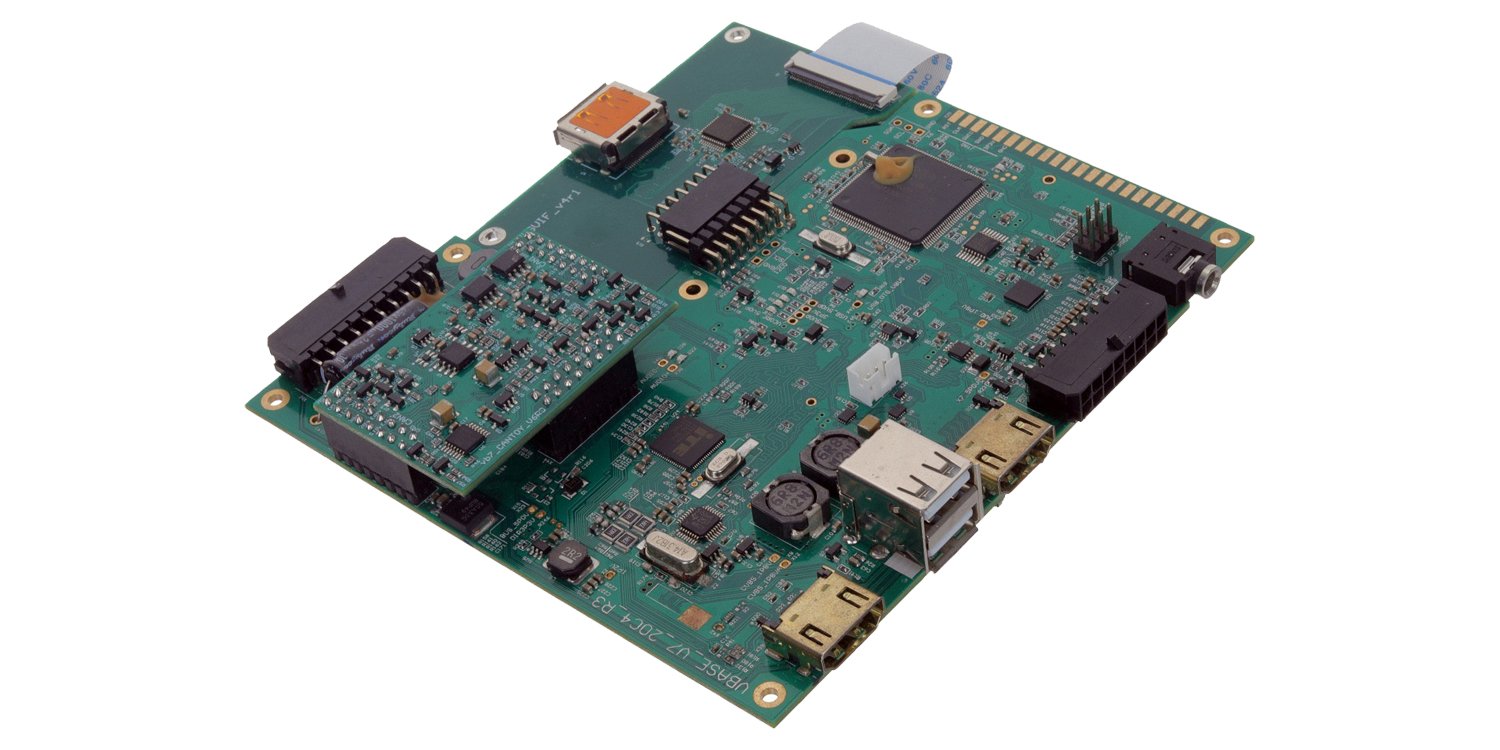
Design Tips for Faster PCB Assembly
Optimizing your PCB design for quick turn PCB assembly can significantly reduce turnaround time while maintaining quality. Here are proven strategies to accelerate your project:
Component Selection Strategies
Smart component choices can make or break your quick turn timeline:
- Use standard packages: Stick to common footprints like 0603, 0805, SOIC, and TSSOP
- Avoid exotic components: Specialized parts often have longer lead times
- Plan for substitutions: Include acceptable alternatives in your BOM
- Check availability early: Verify component stock before finalizing designs
Layer Count Optimization
PCB complexity directly impacts fabrication speed. For fastest quick turn PCB assembly:
- 2-layer PCBs: Ideal for simple circuits, fastest turnaround
- 4-layer PCBs: Good balance of functionality and speed
- 6+ layers: Use only when absolutely necessary for signal integrity
Design for Manufacturability (DFM) Guidelines
Following DFM principles prevents delays and quality issues:
- Adequate trace width: Use minimum 0.1mm (4 mil) traces for reliability
- Proper spacing: Maintain sufficient clearance between components
- Via considerations: Standard vias are faster than micro vias
- Soldermask design: Ensure proper soldermask openings for all pads
- Silkscreen clarity: Include clear component references and polarity markers
Testing and Debug Provisions
Include design features that facilitate quick testing and debugging:
- Test points for critical signals
- LED indicators for power and status
- Accessible programming interfaces
- Ground loops for oscilloscope probes
According to IPC standards, proper DFM implementation can reduce assembly time by up to 30% while improving first-pass yield.
How to Choose the Right Quick Turn PCB Assembly Partner
Selecting the right manufacturing partner is crucial for successful quick turn PCB assembly projects. Here’s a comprehensive evaluation framework:
Technical Capabilities Assessment
Evaluate potential partners based on their technical strengths:
- Assembly technology: SMT, through-hole, and mixed technology capabilities
- Component handling: Ability to work with fine-pitch and specialized components
- PCB complexity: Maximum layer count and design complexity supported
- Volume flexibility: Capability to handle both prototypes and small production runs
Quality Control and Certifications
Quality should never be compromised for speed. Look for:
- ISO 9001: Basic quality management certification
- Industry-specific certifications: ISO 13485 for medical, IATF 16949 for automotive
- Testing capabilities: In-circuit testing, functional testing, X-ray inspection
- Quality metrics: First-pass yield rates and defect statistics
Supply Chain Strength
A robust supply chain is essential for quick turn success:
- Supplier network: Relationships with major component distributors
- Inventory management: Stock of common components for immediate use
- Global reach: Ability to source components from multiple regions
- Alternative sourcing: Capability to find substitutes when needed
For example, manufacturers with partnerships with Arrow Electronics and Avnet typically have better component availability.
Communication and Project Management
Effective communication is vital for quick turn projects:
- Dedicated project managers for quick turn services
- Real-time progress updates and tracking
- Technical support for design optimization
- Clear escalation procedures for issues
Geographic and Logistical Considerations
Location affects both cost and delivery speed:
- Proximity to your facility: Reduces shipping time and costs
- Time zone compatibility: Enables better communication
- Shipping options: Availability of express delivery services
- Customs considerations: For international suppliers
“The best quick turn PCB assembly partners combine technical expertise with supply chain agility. They should be able to handle both routine projects and unique challenges with equal proficiency.” – PCB Directory Manufacturing Guide
Common Challenges and Solutions
While quick turn PCB assembly offers significant advantages, it also presents unique challenges. Understanding these issues and their solutions helps ensure project success:
Component Availability Issues
Challenge: Required components may be out of stock or have long lead times.
Solutions:
- Maintain relationships with multiple suppliers
- Use component forecasting tools like FindChips
- Design with alternative components in mind
- Consider authorized distributors’ excess inventory programs
Quality vs. Speed Balance
Challenge: Pressure to deliver quickly can compromise quality control.
Solutions:
- Implement streamlined but thorough quality processes
- Use automated testing equipment for faster validation
- Focus on getting the design right the first time
- Establish clear quality criteria upfront
Documentation and Communication Gaps
Challenge: Incomplete or unclear documentation can cause delays.
Solutions:
- Use standardized file formats and naming conventions
- Provide comprehensive assembly drawings
- Include detailed BOM with manufacturer part numbers
- Establish clear communication protocols
Cost Management
Challenge: Quick turn services cost more than standard assembly.
Solutions:
- Focus on total project cost, not just unit cost
- Use quick turn for prototypes, standard for production
- Optimize designs to reduce complexity
- Bundle multiple projects to achieve volume discounts
Supply Chain Disruptions
Challenge: Global events can impact component availability and shipping.
Solutions:
- Diversify supplier base across multiple regions
- Maintain safety stock of critical components
- Develop flexible designs that can accommodate substitutions
- Stay informed about industry supply chain trends
Quick Turn PCB Assembly: Success Stories
Real-world examples demonstrate the power of quick turn PCBA across different industries. Here are three compelling success stories:
Medical Device Startup: Rapid Prototype Validation
Situation: A startup developing a portable blood glucose monitor needed to validate their design before a critical investor meeting.
Challenge: Only 10 days available for complete prototype development and testing.
Solution: Used quick turn PCB assembly with 3-day turnaround, allowing time for multiple design iterations.
Results:
- Completed 3 design iterations in 10 days
- Identified and resolved critical power management issue
- Successfully demonstrated working prototype to investors
- Secured $2.5 million Series A funding
Automotive Supplier: Emergency Production Support
Situation: A tier-1 automotive supplier discovered a component obsolescence issue in their electronic control unit just weeks before production launch.
Challenge: Redesign PCB and validate new assembly within 2 weeks to avoid production delays.
Solution: Leveraged quick turn PCBA with automotive-certified manufacturer holding IATF 16949 certification.
Results:
- Completed redesign and validation in 12 days
- Avoided $500,000 in production delay penalties
- Maintained customer relationship and future contracts
- Established backup supply chain for future projects
Consumer Electronics: Seasonal Product Launch
Situation: A consumer electronics company wanted to launch a smart home device for the holiday season but started development late.
Challenge: Compress 6-month development cycle into 3 months to meet retail deadlines.
Solution: Used quick turn PCBA for all prototyping phases, enabling rapid iteration and testing.
Results:
- Launched product on schedule for holiday season
- Achieved $15 million in first-quarter sales
- Captured 12% market share in competitive category
- Established platform for multiple product variants
These success stories highlight how quick turn PCB assembly enables companies to seize opportunities, overcome challenges, and accelerate innovation. The key common factor is partnering with experienced manufacturers who understand both speed and quality requirements.
Future of Quick Turn PCB Assembly
The quick turn PCBA industry continues to evolve rapidly, driven by technological advances and changing market demands. Here are the key trends shaping the future:
Automation and Industry 4.0 Integration
Manufacturing automation is revolutionizing quick turn capabilities:
- AI-powered optimization: Machine learning algorithms optimize production schedules and resource allocation
- Predictive maintenance: IoT sensors prevent equipment downtime that could delay projects
- Automated quality control: Computer vision systems provide faster, more consistent inspection
- Digital twins: Virtual manufacturing models optimize processes before physical production
Advanced Materials and Technologies
New materials and techniques are expanding quick turn possibilities:
- Flexible and rigid-flex PCBs: Faster processing of complex mechanical designs
- High-frequency materials: Rapid prototyping for 5G and mmWave applications
- Embedded components: Integration of passive components within PCB layers
- 3D printed electronics: Additive manufacturing for ultra-fast prototyping
Supply Chain Innovation
Digital transformation is improving component availability and logistics:
- Blockchain tracking: Enhanced component traceability and authenticity verification
- AI-powered sourcing: Intelligent component substitution and availability prediction
- Micro-fulfillment centers: Distributed inventory for faster component access
- Digital marketplaces: Real-time component trading and allocation
Sustainability Focus
Environmental considerations are becoming increasingly important:
- Green manufacturing: Reduced waste and energy consumption in production
- Recyclable materials: PCB substrates and components designed for end-of-life recovery
- Local sourcing: Reduced transportation emissions through regional supply chains
- Circular economy: Component reuse and refurbishment programs
Market Growth Projections
Industry analysts predict significant growth for quick turn PCBA services:
- Market size: Expected to reach $2.1 billion by 2028, growing at 12.5% CAGR
- Geographic expansion: Emerging markets adopting quick turn capabilities
- Industry adoption: New sectors embracing rapid prototyping methodologies
- Technology convergence: Integration with additive manufacturing and digital fabrication
According to Markets and Markets research, the convergence of IoT, 5G, and AI technologies will drive unprecedented demand for rapid PCB prototyping and low-volume production.
Conclusion: Getting Started with Quick Turn PCB Assembly
Quick turn PCBA has transformed from a niche service into an essential capability for modern electronics development. Throughout this guide, we’ve explored how rapid PCB manufacturing can accelerate your projects, reduce risks, and provide competitive advantages across multiple industries.
Key Takeaways to Remember
As you consider implementing quick turn PCB assembly in your next project, keep these crucial points in mind:
- Speed without compromise: Modern quick turn services deliver rapid turnaround while maintaining high quality standards
- Strategic advantage: Fast prototyping enables multiple design iterations and faster time-to-market
- Industry-specific benefits: Medical, automotive, and consumer electronics sectors gain the most from rapid assembly services
- Design optimization: Smart component selection and DFM principles can significantly reduce turnaround times
- Partner selection: The right manufacturing partner makes the difference between project success and failure
Your Next Steps Forward
Ready to harness the power of quick turn PCBA for your next project? Here’s your action plan:
- Evaluate your current development process and identify opportunities for acceleration
- Review your PCB designs using the DFM guidelines provided in this guide
- Research potential manufacturing partners using our evaluation criteria
- Start with a pilot project to experience the benefits firsthand
- Scale your quick turn strategy based on initial results and lessons learned
Why Choose Mustar for Your Quick Turn PCB Assembly Needs
At Mustar, we understand that your success depends on more than just speed. With over 25 years of experience and a track record of supporting hundreds of companies across multiple industries, we offer the perfect combination of rapid turnaround and uncompromising quality.
What Sets Mustar Apart:
- Lightning-fast samples: PCB samples ready in as little as 4-8 hours
- Comprehensive capabilities: From 1 to 64-layer PCBs with advanced technologies
- Global supply network: Over 200 stable suppliers ensuring component availability
- Industry certifications: ISO 13485, IATF 16949, and other critical quality standards
- Dedicated support: 100+ international sales professionals and 50+ sourcing engineers
- Advanced facilities: 12,000 square meter factory with 20 SMT lines and specialized equipment
Ready to Accelerate Your Next Project?
Don’t let slow PCB assembly hold back your innovation. Contact Mustar today for a free quote and discover how our quick turn PCBA services can transform your development process.
Join hundreds of successful companies who trust Mustar for their critical PCB assembly projects. Let’s discuss how we can accelerate your next breakthrough.
Mustar projects:
